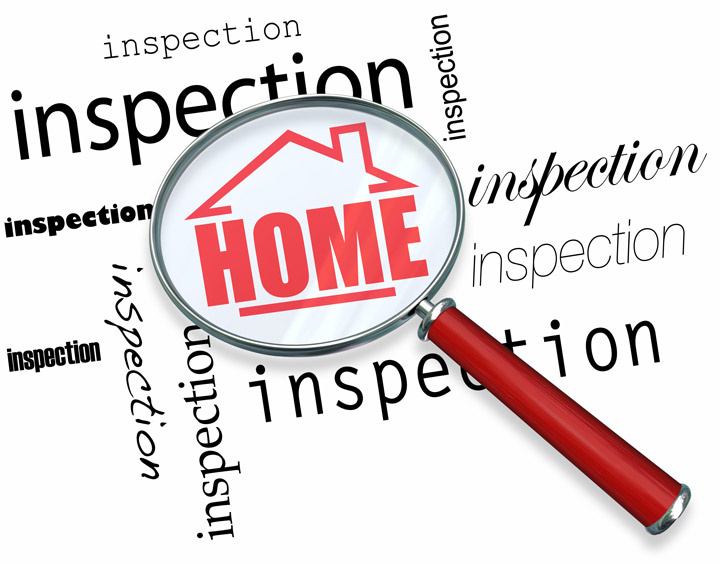
A Description of the Appraisal ProcessTheir home's purchase is the most serious investment many will ever make. It doesn't matter if where you raise your family, a second vacation property or a rental fixer upper, the purchase of real property is a detailed transaction that requires multiple parties to see it through. Most people are familiar with the parties taking part in the transaction. The real estate agent is the most recognizable entity in the exchange. Next, the bank provides the financial capital needed to bankroll the transaction. And ensuring all areas of the transaction are completed and that a clear title passes from the seller to the buyer is the title company. So, who makes sure the property is worth the amount being paid? This is where the appraiser comes in. We provide an unbiased opinion of what a buyer might expect to pay — or a seller receive — for a parcel of real estate, where both buyer and seller are informed parties. A licensed, certified, professional appraiser from Real Estate Appraisal Services, Inc. will ensure, you as an interested party, are informed. Appraisals start with the property inspectionOur first responsibility at Real Estate Appraisal Services, Inc. is to inspect the property to determine its true status. We must physically see features, such as the number of bedrooms and bathrooms, the location, and so on, to ensure they truly exist and are in the condition a typical person would expect them to be. To ensure the stated size of the property has not been misrepresented and convey the layout of the home, the inspection often includes creating a sketch of the floorplan. Most importantly, we look for any obvious amenities - or defects - that would have an impact on the value of the property. Back at the office, we use two or three approaches to determining the value of real property: a paired sales analysis, a replacement cost calculation, and an income approach when rental properties are prevalent. 
Replacement CostHere, we use information on local building costs, labor rates and other elements to determine how much it would cost to replace the property being appraised. This value usually sets the upper limit on what a property would sell for. The cost approach is also the least used predictor of value. 
Sales ComparisonAppraisers can tell you a lot about the neighborhoods in which they work. They innately understand the value of certain features to the people of that area. Then, the appraiser researches recent sales in close proximity to the subject and finds properties which are 'comparable' to the home at hand. Using knowledge of the value of certain items such as fireplaces, room layout, appliance upgrades, additional bathrooms or bedrooms, or quality of construction, we add or subtract from each comparable's sales price so that they more accurately portray the features of subject property.
In the end, the appraiser reconciles the adjusted sales prices of all the comps and then derives an opinion of what the subject could sell for. When it comes to valuing features of homes in Carrollton and Carroll, Real Estate Appraisal Services, Inc. can't be beat. The sales comparison approach to value is usually awarded the most importance when an appraisal is for a home sale. Valuation Using the Income ApproachIn the case of income producing properties - rental houses for example - the appraiser may use a third way of valuing a house. In this situation, the amount of revenue the real estate generates is factored in with other rents in the area for comparable properties to give an indicator of the current value. The Bottom LineExamining the data from all applicable approaches, the appraiser is then ready to state an estimated market value for the property at hand. The estimate of value at the bottom of the appraisal report is not necessarily the final sales price even though it is likely the best indication of what a property is worth. There are always mitigating factors such as seller motivation, urgency or 'bidding wars' that may adjust an offer or listing price up or down. Regardless, the appraised value is often used as a guideline for lenders who don't want to loan a buyer more money than the property is actually worth. Here's what it all boils down to, an appraiser from Real Estate Appraisal Services, Inc. will help you get the most accurate property value, so you can make profitable real estate decisions. |